Chmod Octal Table
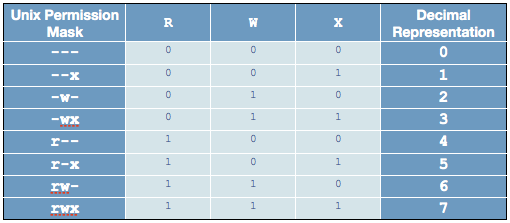
Linux Permissions Tables Reffffference
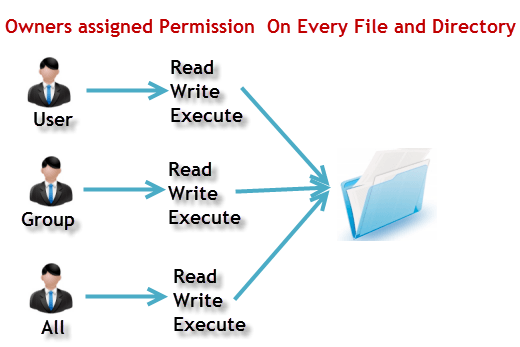
File Permissions In Linux Unix With Example
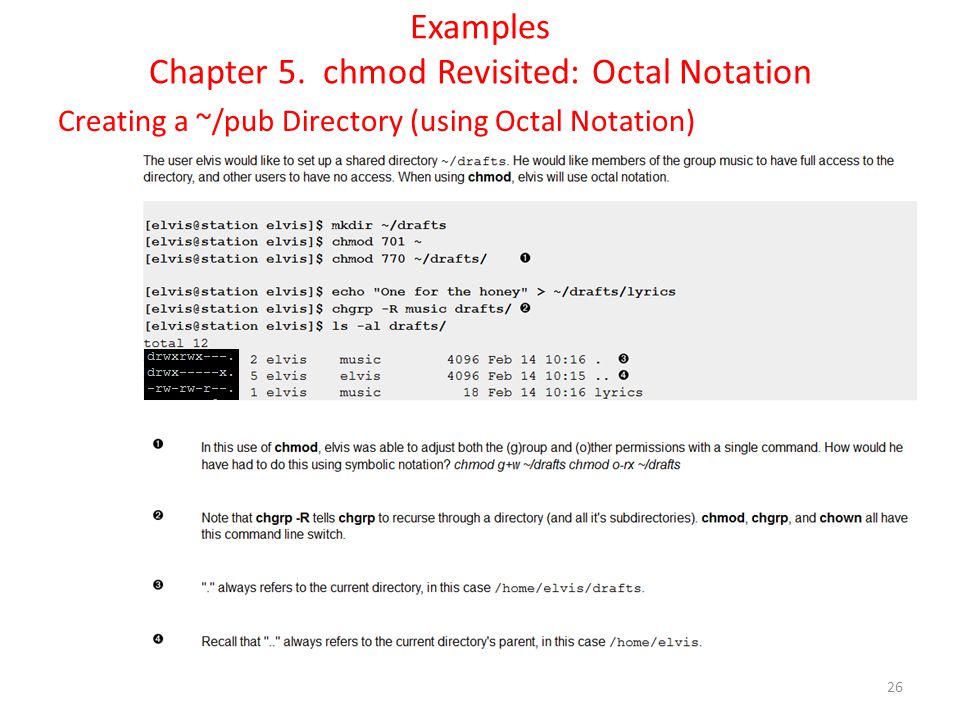
Workbook 4 File Ownerships And Permissions Ppt Video Online Download
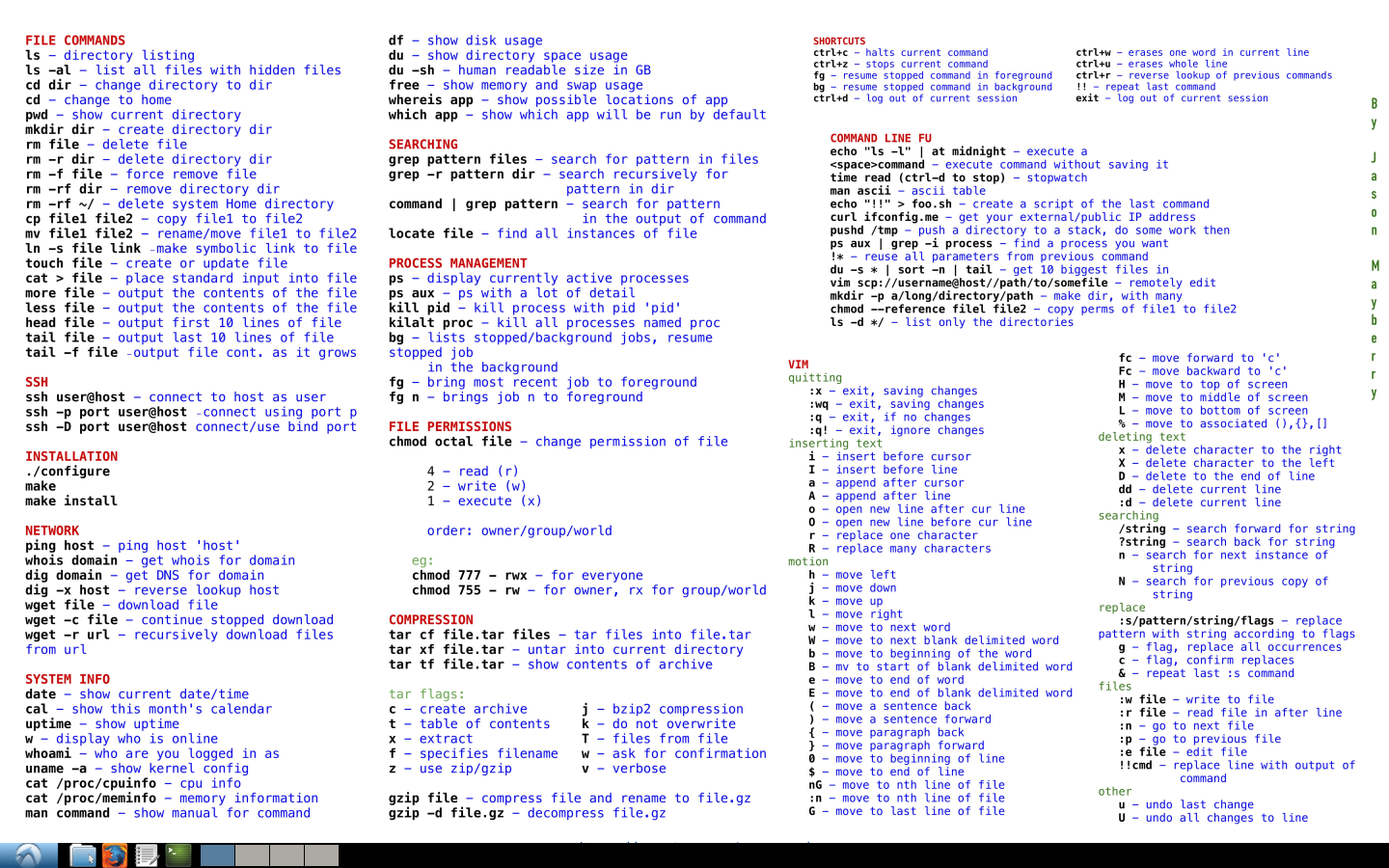
New Bash Linux Cheat Sheet Wallpaper Download Free 40 X 3050px

Octal Table 2yamaha Com

How To Use Chmod Command In Linux Explained With Examples
In php, you have to use chmod with octal values, you cannot write something like :.
Chmod octal table. /home/user> ls -l foo-rwx--x--- 1 user user 78 Aug 14 13:08 foo /home/user> chmod go+r foo /home/user> ls -l foo-rwxr-xr-- 1. The syntax requires three octal digits, each representing the owner, group, and other permissions, respectively. It may be represented as binary, octal or symbolic notation.
The permission in octal form is useful for many commands such as chmod command and other sysadmin tasks. The following table shows how the setgid and setuid file modes are represented in octal:. Binary executables with the setgid bit (chmod g+s path) can be executed with the privileges of the file's group.
The following example sets read, write and execute permissions for user, group and world. Since these bits are usually manipulated in groups of three, octal notation is commonly used when referring to them. Chmod u+s filename This works fine.
The chmod command can also explicitly set permissions using a numerical representation. I propose here an easy manner to "build" this number. Checking the effect of running chmod -R ugo=rwx /local/project-a chmod -R 777 /local/project-a — The result is the same.
With a sticky bit, only the file owner, the directory owner, or the root superuser can delete the file, regardless of the file's read-and-write group permissions. So, the following work the same. The tool will provide you with an octal code that corresponds to these permissions which can then be applied to relevant directories and files with chmod.
HMOD Command in Linux:. Three parties involved a. The table below gives numbers for all permission types of a File/Directory.
Learn how chmod command is used to manage Linux permission levels (user, group and other) and types (read, write and execute) step by step with practical examples. For example, the value 644 sets read/write permissions for owner, and read-only permissions for group and other. U G W rwx rwx rwx chmod 777 filename rwx rwx r-x chmod 775 filename rwx r-x r-x chmod 755 filename rw- rw- r-- chmod 664 filename rw- r-- r-- chmod 644 filename U = User G = Group W = World r = Read w = write x = execute - = no.
Chmod changes the file mode of each specified FILE according to MODE, which can be either a symbolic representation of changes to make, or an octal number representing the bit pattern for the new mode bits. If the mask has a bit set to "1", it means the corresponding initial file permission will be disabled.A bit set to "0" in the mask means that the corresponding. While ASCII is limited to 128 characters, Unicode has a much wider array of characters and has begun to supplant ASCII rapidly.
These default permissions are applied only when the file or directory is initially created. Ugoa +-= perms. It can be applied recursively using the "-R" option.
As such, all we need to do is enter the following command to change the file permissions. Chmod¶ The chmod ("change mode") command is used to change the permission flags on existing files. By referring to the above table, you can see that the numeric representation of this permission is 744.
To change file permissions of a file use the syntax below. The umask command is used with Unix-like operating systems, and the umask function is defined in the POSIX.1 specification. $ chmod 754 myfile.
How to get octal file permissions on Linux/Unix command line. >>>>> before going through answers you shoud know about permissions 1. Following table lists the octal values which can be used with chmod command.
The table below lists the octal values for setting file permissions in absolute mode. U = user g = group o = other (not user or group) a = all + = add permissions - = remove permissions r = read w = write x = execute t = sticky bit. You can also set the exact permissions using symbolic modes.
Umask or file mode creation mask is a grouping of bits, each of which restricts how its corresponding permission is set for newly created files or directories. Chmod Calculator is a free utility to calculate the numeric (octal) or symbolic value for a set of file or folder permissions in Linux servers. You can either use symbolic representation of changes or an octal number representing the bit pattern for the new mode bits.
The octal notation would be calculated as follows:. Chmod special modes Setuid and setgid. Using the Chmod Command.
Example of octal modes:. The umask command sets default permissions for files and directories. There are no relative assignments of permissions using octal.
The second way to represent the same permissions is by using octal numbers. Basic Permissions Letter Format Octal Format Special permissions File Permissions Commands chown chgrp chmod Exercises Managing Software Managing Software Overview Packages Processes Services Exercises. The octal values assigned to the permission modes are (they also have letters associated with them that are displayed by programs such as ls and can be used by chmod):.
The three rightmost digits define permissions for the file user, the group, and others. Similar to alphabetic notation, octal notation can include an optional leading character specifying the file type. The following table shows how the setgid and setuid file modes are represented in octal:.
The command can accept one or more files and/or directories separated by space as arguments. The following table shows the equivalent octal and symbolic notations:. 0754) or symbolic (e.g.
File Permissions File Permissions Table of contents. Let’s play through various conditions so that we can master basic chmod commands which can make our everyday life easier with Ubuntu. This tutorial explains chmod command symbolic notation (r, w, x, a) and octal notation (0, 1, 2, 4) in detail with chmod command arguments and options.
When symbolic links are encountered, their mode is not changed and they are not traversed. How to set permissions with chmod in octal mode. For example, to set the sticky bit, prefix a 1 to the number sequence:.
Setuid and setgid (short for 'set user ID upon execution' and 'set group ID upon execution', respectively) are Unix access rights flags that allow users to run an executable with the permissions of the executable's owner or group respectively and to change behaviour in directories. The format of a symbolic mode is:. You can also use octal notations like this.
I understand (to some good extent) file permissions, the concept of umask, setuid and using octal numbers with chmod. PERMISSION COMMAND U G W rwx rwx rwx chmod 777 filename rwx rwx r-x chmod 775 filename rwx r-x r-x chmod 755 filename rw- rw- r-- chmod 664 filename rw- r-- r-- chmod 644 filename U = User G = Group W = World r = Readable w = writable x = executable - = no permission. Chmod 640 file1 = rw- r-- ---chmod 754 file1 = rwx r-x r--chmod 664 file1 = rw- rw- r--Here’s an example command using octal numbers:.
This is a combination of three numbers by which we can represent all combinations of access rights. Chmod is a GNU utility which is provided as part of coreutils rpm in Linux distributions chmod is short abbreviation for " Change Mode " It is used to change the file mode bits of each given file/directory according to mode. Here are a few more examples of chmod statements in this form:.
The chmodnumerical format accepts up to four octal digits. The Linux chmod command also supports octal notation. For example, let’s say you want to set the permissions for file.txt as rwxr–r–.
See the “chmod” subsection in this chapter for details about octal notation. The octal values have the following meaning:. Others and each view the full answer.
In octal, the setgid bit is represented by 00e.g:. For example, give the user read/write/execute (octal 7 = rwx), group read/execute (octal 5 = r-x), and other read only (octal 4 = r--) for the file myfile:. The following table shows how the setgid and setuid file modes are represented in octal:.
Remember, there is 4 digits, which correspond to something like "0, user, group, public":. This CHMOD command is mainly used to set, edit and remove the file permission to the user, user group and others.This CHMOD can be expanded as “Change Mode“, the name itself it explains that it is mainly used to change the permission mode of a file.You can use this command to restrict the file by. The values of the bits in these masks correspond to those used by the UNIX chmod(2) system call and chmod(1) user command, and are given in the following table.
Using the octal notations table instead of ‘r’, ‘w’ and ‘x’. The mask is stored as a group of bits. The umask command allows the mask to be set as octal (e.g.
Select the permissions you require below. For example, this command also sets 754 permissions:. You can also set permissions using the Numeric Mode.
The chmod command can be used with either a text-based argument or 3 octal digits (see note 1) to change the permissions on a file.An example of the text-based command to add "read" permission for group members and others to a file named foo is:. All of them are listed in man chmod, but I will type them out here as well. We will explain the modes in more detail later in this article.
Unix or any *nix uses octal for permissions – it’s pretty simple once you get the chart into your brain 😉. The chmod -R option allows you to recursively descend through directory arguments, setting the mode for each file as specified. A widely used, often shorter, form of calling chmod is by use of the octal notation.
For example, give the user read/write/execute (octal 7 = rwx), group read/execute (octal 5 = r-x), and other read only (octal 4 = r--) for the file myfile:. The chmod command in Linux or UNIX uses octal to assign file permissions.The binary numeral scheme, or base-2 number system, represents numeric values using two symbols, 0 and 1. Rwx = 4+2+1 = 7 r-x = 4+2+0 = 6 r-- = 4+2+0 = 6 Ultimately, this would give us 766 as the corresponding octal notation to rwx-rw-rw-.
The following table lists the summary of permissions denoted by octal values. This quick tutorial shows how to use the stat command to view octal file permissions. And there you have it:.
The bits in the mask may be changed by invoking the umask command. Use chmod to set additional file system modes for files and directories. The following table shows how the setgid and setuid file modes are represented in octal:.
Linux Permissions are a great set of rules which. Chomd is one of the most powerful and important command in Linux. U - user g - group o.
When we use the chmod command later on, you’ll see that you can change the permissions using either symbols or octal numbers. Using octal values to change access You can also use numbers (octal values) instead of letters to set the permissions. $ chmod u=rwx,g=rx,o=r myfile.
The chmod command allows you to change the permissions on a file using either a symbolic or numeric mode or a reference file. So if you take the octal digit that expresses the permissions in each category, and you line them up in order, you get a three-digit octal number. Each digit octal notiation can be used of either of the group ‘u’,’g’,’o’.
For example, to set permissions on a file to rwxrwxr–, you would run:. You use these numbers in sets of three to set permissions for owner, group, and other (in that order). The optional leading digit, when 4 digits are given, specifies the special setuid, setgid, and stickyflags.
Chmod 754 myfile Setgid and setuid. Chmod 754 myfile Setgid and setuid. Instead of “u=rwx,go=rx”, you would have “755”.
Chmod 754 myfile Setgid and setuid. Octal Number Representation So that’s how permissions are displayed in Linux using symbols. I am assuming you don't want the binary codes, though I quite like them, so here are the text codes:.
See the “chmod” subsection in this chapter for details about the chmod command. But the octal number 4000 is always associated with setuid (in books etc). In this quick tutorial, we will see how we can use chmod command in an Ubuntu machine to find, modify and remove user permissions from specific files which exist on the user’s file system.
// this is incorrect. The dir works in mo, inmediately remove the directory you see Capture transcript of memory REPLY IN WORKSEET Table of OK and Pochod Command line che Deep chmod 100 sep 3 chmod 0 top 4 8 CSOP chmod tep chmod 101 TENDO REPLY IN WORKSEETI you see any other or such as he wchle or directory you are not in the come directory when you are in the. An essential program that benefits from using octal notation is the chmod command.
Give the user read/write/execute (octal 7 = rwx), group read/execute (octal 5 = r-x), and other read only (octal 4 = r--) for the file myfile:. A useful property is to set the setgid bit on a directory so that all files and directories newly created within it inherit the group from that directory. But I still cannot figure out the relationship between the octal number 4000 and setuid.
$ chmod 744. $ chmod 774 file_name. Chmod octal value file-name.
It can be invoked with either octal values representing the permission flags, or with symbolic representations of the flags. For example, give the user read/write/execute (octal 7 = rwx), group read/execute (octal 5 = r-x), and other read only (octal 4 = r--) for the file myfile:. Using octal syntax for chmod allows setting the absolute permissions for owner, group, and other in one quick command.
Chmod ugo+rwx file_name chmod 777 file_name. Will add execute rights for Owner and Group, but will not modify other existing permissions on the file;.

Linux File Permission Management Summary Programmer Sought

Linux File Permissions Know The Reason Behind That Chmod 777 By Abhishek Chandra Medium
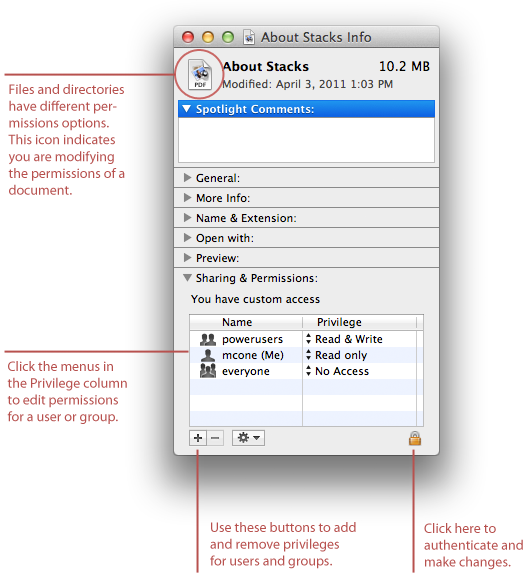
How To Set File Permissions In Mac Os X Macinstruct
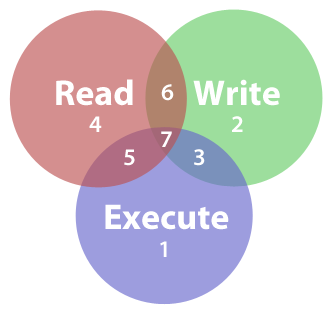
How To Set File Permissions In Mac Os X Macinstruct

How To Use Chmod Command In Linux Explained With Examples

Solved 3 Use Chmod With Octal Number To Forbid All Permi Chegg Com

Binary To Octal
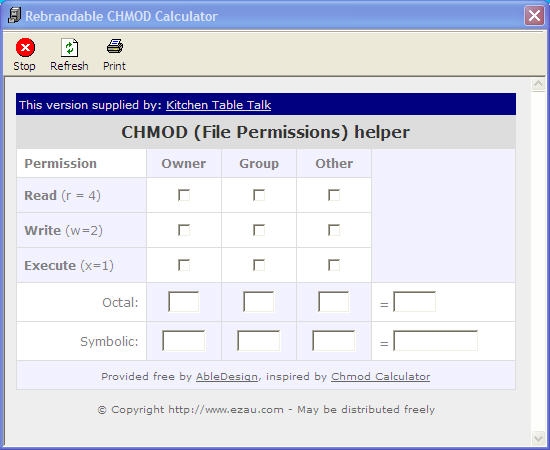
Kitchen Table Talk Chmod Calculator Standaloneinstaller Com

Learning The Shell Lesson 9 Permissions

Workbook 4 File Ownerships And Permissions Ppt Video Online Download

Unix Chmod Cheat Sheet

How To Use Chmod Command In Linux Explained With Examples

Read Write Access Chmod 775

How To Use Chmod Command In Linux Explained With Examples
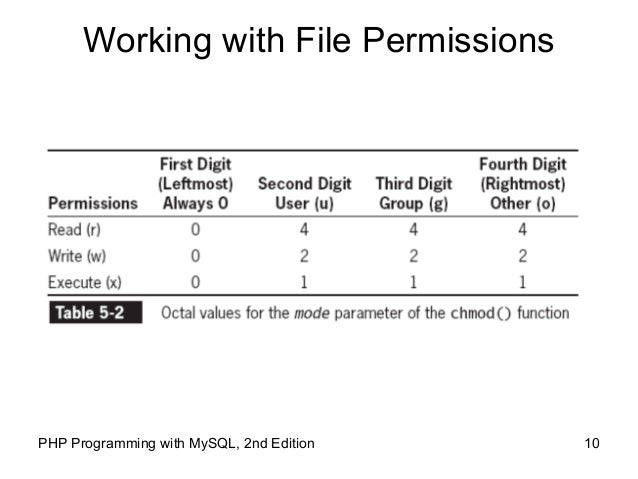
A Quick Introduction To Unix Permissions Wikibooks Open Books For An Open World
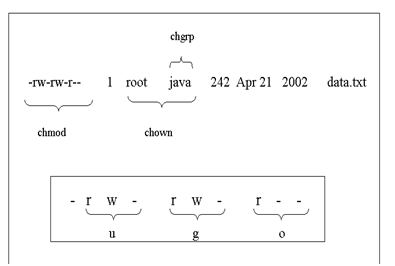
Ict Innovation Lpi 104 5 Wikieducator

Changing File Permissions In Linux The Chmod Command By Saswat Subhajyoti Mallick Medium
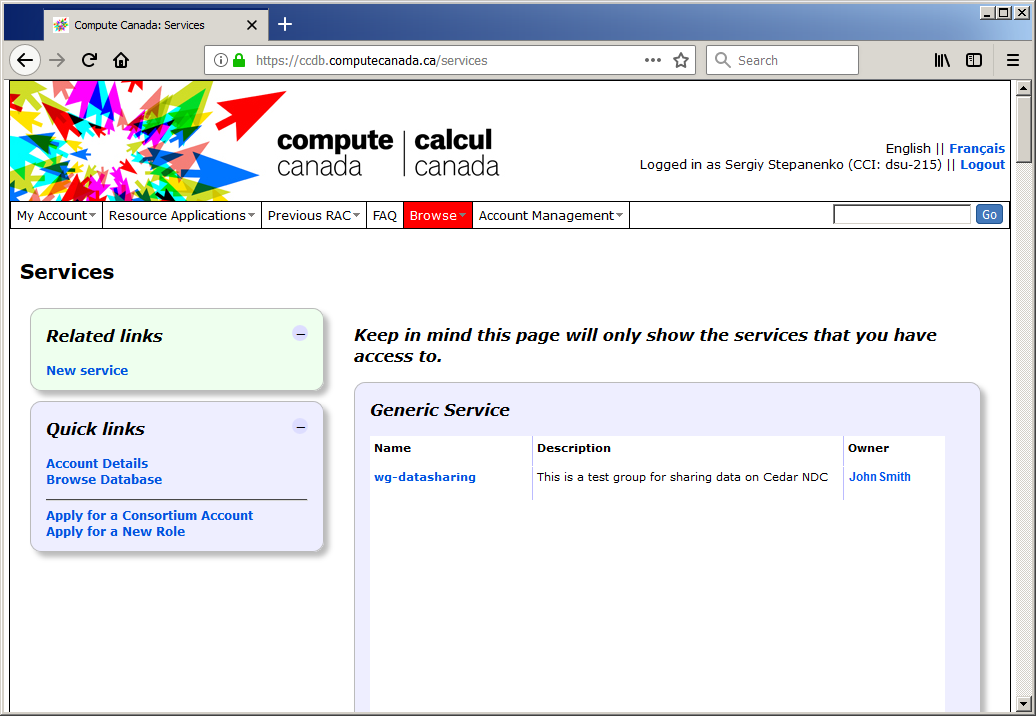
Sharing Data Cc Doc
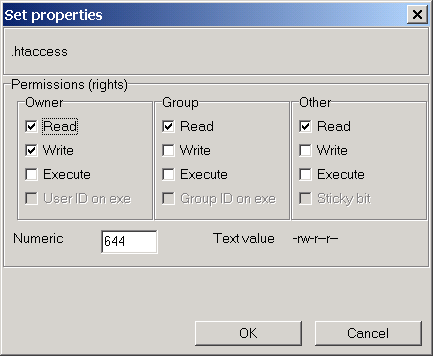
Chmod Help

How To Set File Permissions In Mac Os X Macinstruct

Chapter 5 Managing File Permissions Red Hat Enterprise Linux 8 Red Hat Customer Portal

Chmod Group Write Access

Chmod Umask Stat Fileperms And File Permissions

File Permission In Linux Chmod Command Armantutorial
Http Teaching Idallen Com Cst07 13w Notes Worksheet08 Pdf
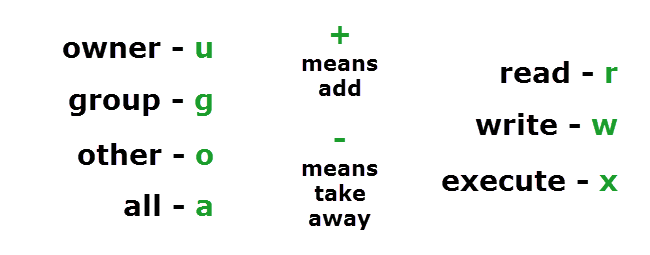
Understanding Linux Permissions And Chmod Usage

An Introduction To Linux File Permissions Boolean World

Chmod 664

Introduction To Unix Family File Permissions Learning Tree Blog

Workbook 4 File Ownerships And Permissions Ppt Video Online Download

Understanding Linux Permissions And Chmod Usage

How To Use Chmod Command In Linux Explained With Examples

Chmod Encoding Table Chmod Encoding Table Tek Bahadur Limbu Flickr

Permissions In Linux Geeksforgeeks

Permissions In Linux Geeksforgeeks

Use Of Chmod Command In Linux Devopsdex

Linux Unix Changing Permissions With Chmod Vinish Kapoor S Blog
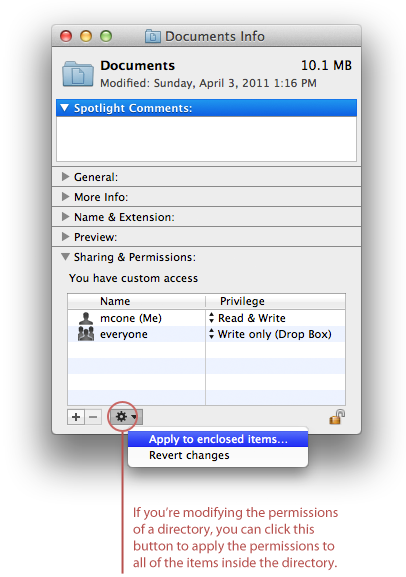
How To Set File Permissions In Mac Os X Macinstruct
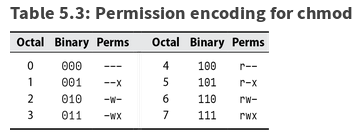
Cs 480 Lec 8 Spring 19
Q Tbn 3aand9gcsacd7mr Ecztzl Lq8wap9enfi2vj2xlffbqx6amvc25tn3 R6 Usqp Cau

Standard Linux Text Book
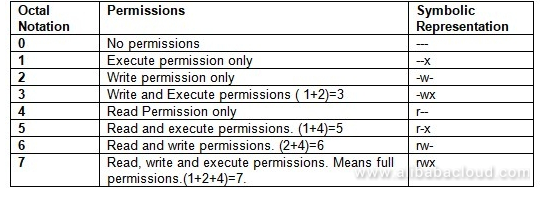
How To Use Linux File Permissions And Ownership On Alibaba Cloud Ecs Dzone Open Source

File Security

An Introduction To Linux File Permissions Boolean World

Files Directories Objectives To Be Able To Describe And Use The Unix File System Model And Concepts Contents Directory Structure File System Concepts Ppt Download
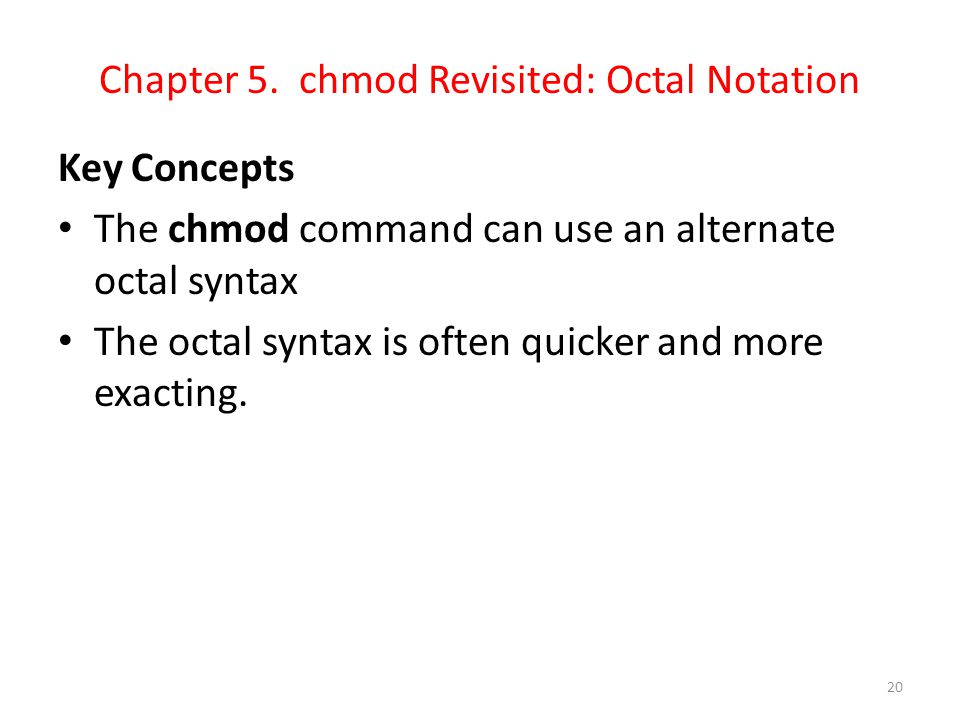
Workbook 4 File Ownerships And Permissions Ppt Video Online Download
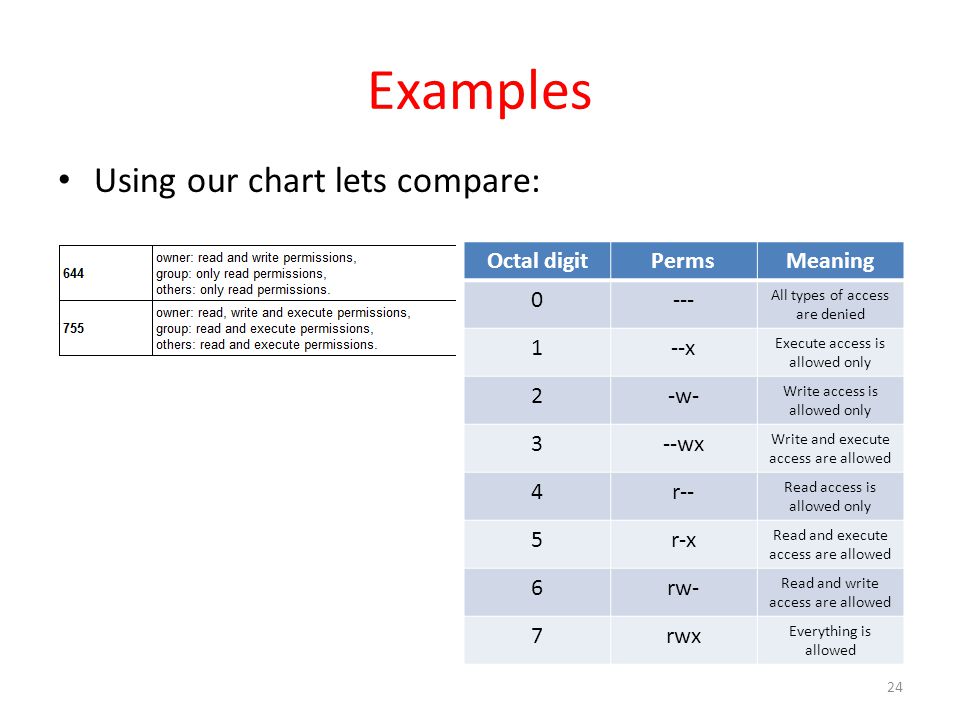
Workbook 4 File Ownerships And Permissions Ppt Video Online Download

Foundation Topics Exploiting Local Host Vulnerabilities Exploiting Local Host And Physical Security Vulnerabilities Pearson It Certification
.png)
File Permissions In Linux Unix With Example

19b Permissions

Use Of Chmod Command In Linux Devopsdex

Standard Linux Text Book

Linux Chmod Command Examples Journaldev

Solved 3 Use Chmod With Octal Number To Forbid All Permi Chegg Com
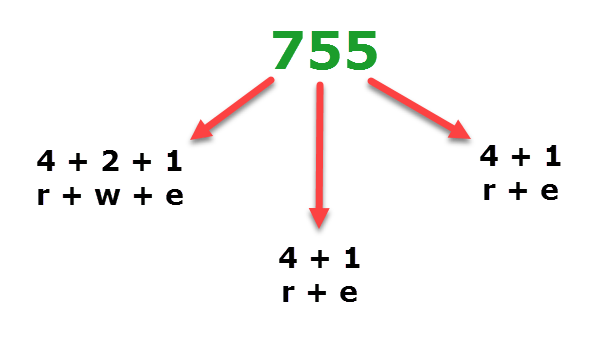
Understanding Linux Permissions And Chmod Usage

Chmod Wikipedia

Sharing Files On Linux Security Setting Coding Tools And Resources

Linux Command Line Cheat Sheet Kalitut

Os Mkdir And Os Mkdirall Permission Value

Octal Table 2yamaha Com
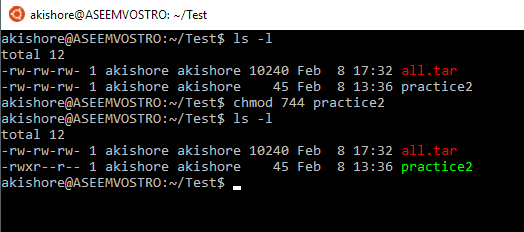
Understanding Linux Permissions And Chmod Usage

Standard Linux Text Book

Understanding File Permissions In Unix Or Linux And Modify Using Chmod

Explain Unix File Permissions

Unix Permissions
2

Linux File Permissions Chmod Umask Tutonics Data Online Safety Privacy

Can We Set File Permissions To 775 By Using Umask In Linux If Yes What Would The Umask Be And How Will It Be Calculated Quora

Class File Tree Structure Home Csc156 Yourusername Chegg Com

Thelinuxcommandline Part 1 Learning The Shell Flashcards Quizlet

Changing Permissions In Linux System Dev
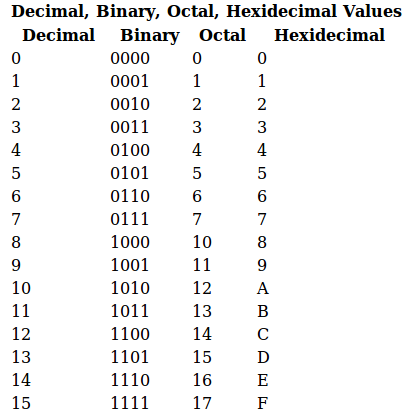
Learn Oracle Database Administration Unix Permissions Table

Octal Table 2yamaha Com
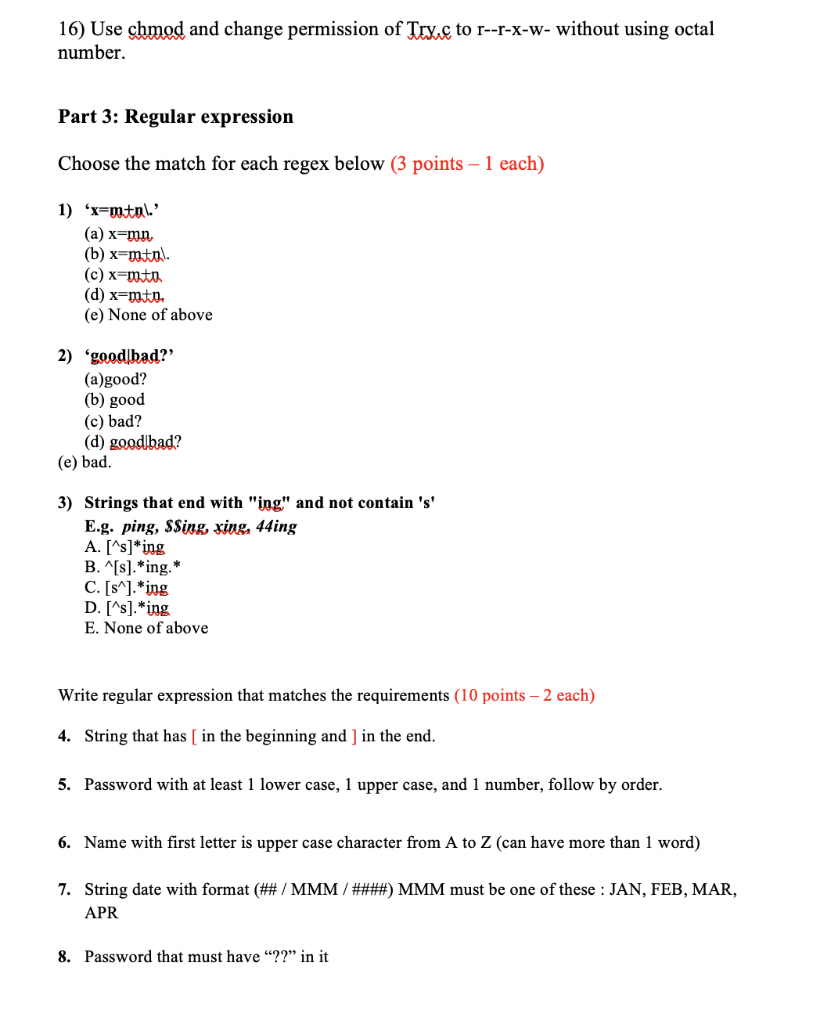
Please Help Me Out With This All I Will Surely Gi Chegg Com

Linux File Permissions Train With Ctg
Q Tbn 3aand9gcqzjwejtv9wexgnjg6wrv4scdirjlf8ko Drmhmencfjup H30u Usqp Cau

14 Permission And Modification Times
Q Tbn 3aand9gcs Trmaopb41lzfo2wl Mi6olorurkywaddbudhnw Ne1mor3ct Usqp Cau

Tinyapps Org Palm Os
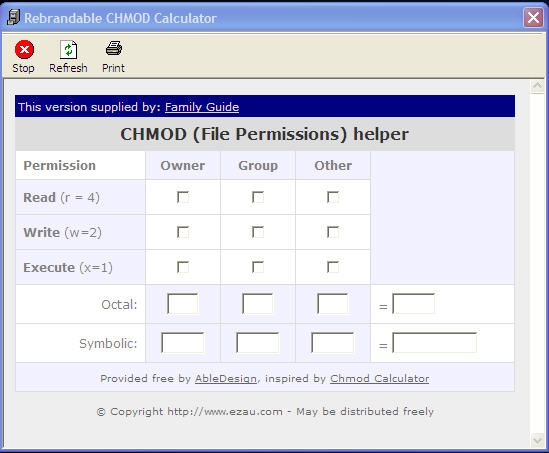
Family Chmod Calculator Standaloneinstaller Com
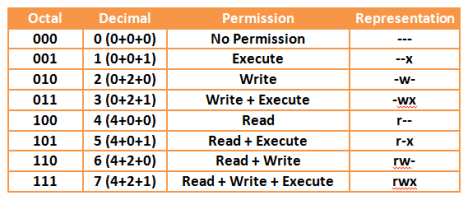
Contents
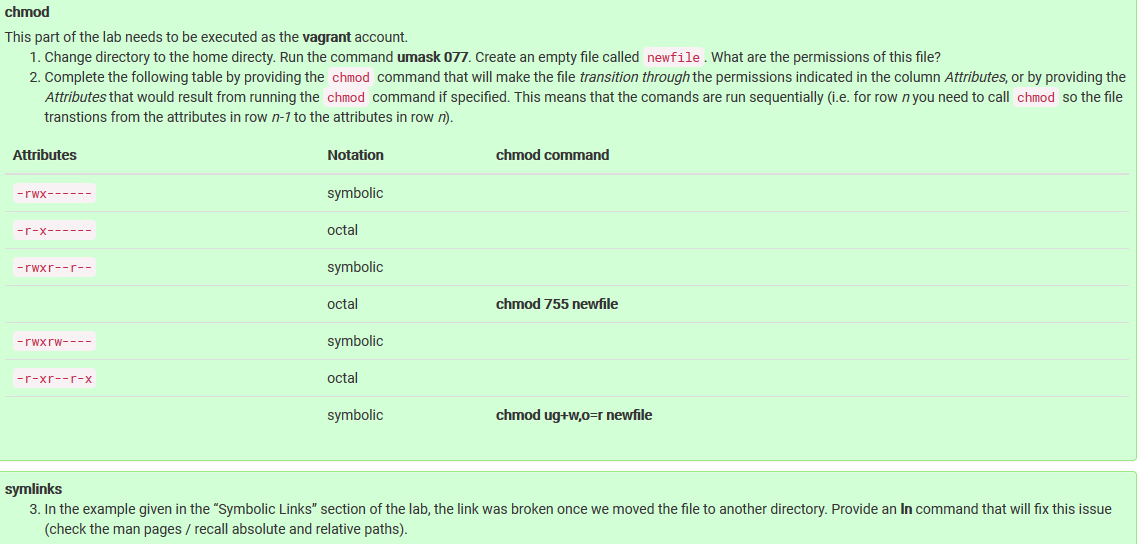
Chmod This Part Of The Lab Needs To Be Executed As Chegg Com

How To Use Chmod Command In Linux Explained With Examples
Q Tbn 3aand9gctejwme2dmdomohoy140oy72qp3e1pn8jtuanchtus Usqp Cau
2
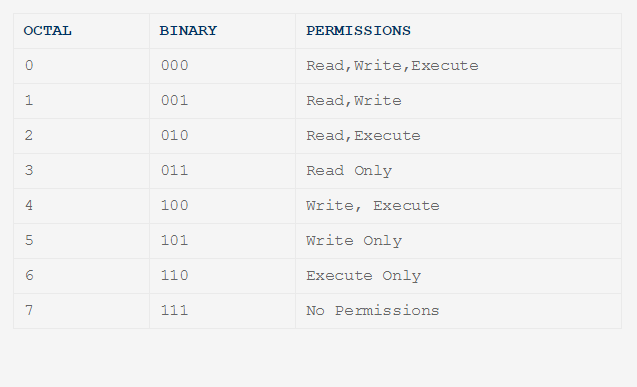
Chmod Directory Read Write And Type

Linux Command For Beginners

Chmod Command In Unix Unix File Permissions Chmod With Examples Chwn Command Chgrp Command Unmask

Understanding Unix Permissions And File Types Unix Linux Stack Exchange

Understand Linux File Permissions Using Chmod And Chown Commands Programming Tips For Versatile Coders

Linux Users And Groups Linode
Linux Chmod Tips

Linux Commands Frequently Used By Linux Sysadmins Part 4
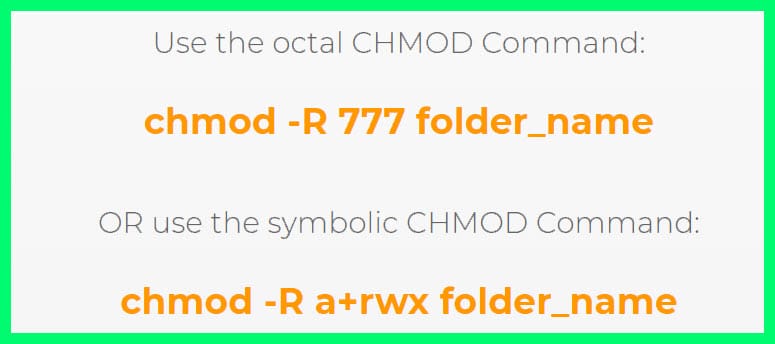
Chmod 777 A Definitive Guide To File Permissions

Understanding Linux Permissions And Chmod Usage

Ppt Contents Powerpoint Presentation Free Download Id

Unix Linux Os X File Permissions

How To Change Existing Permission Numerically



